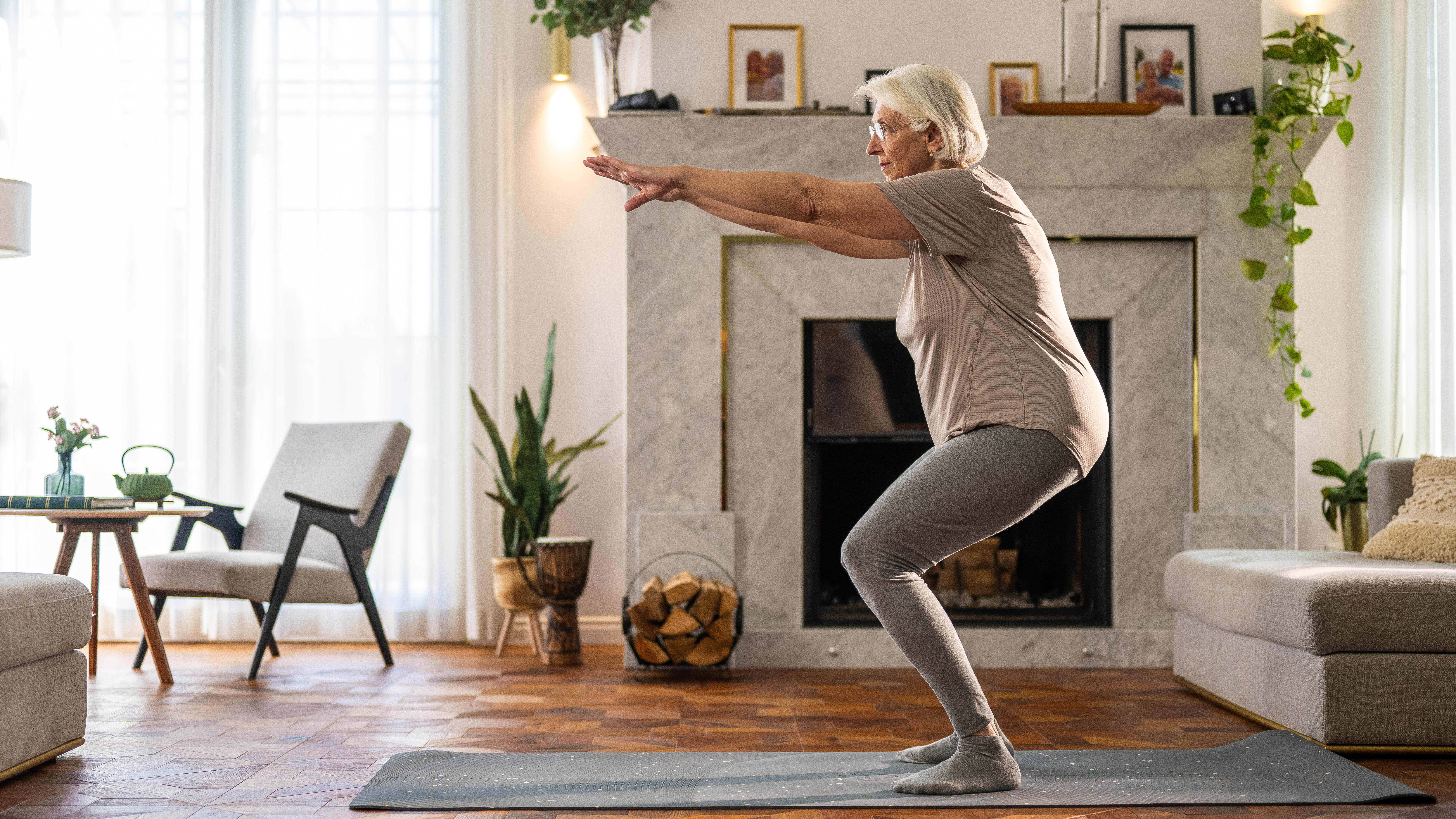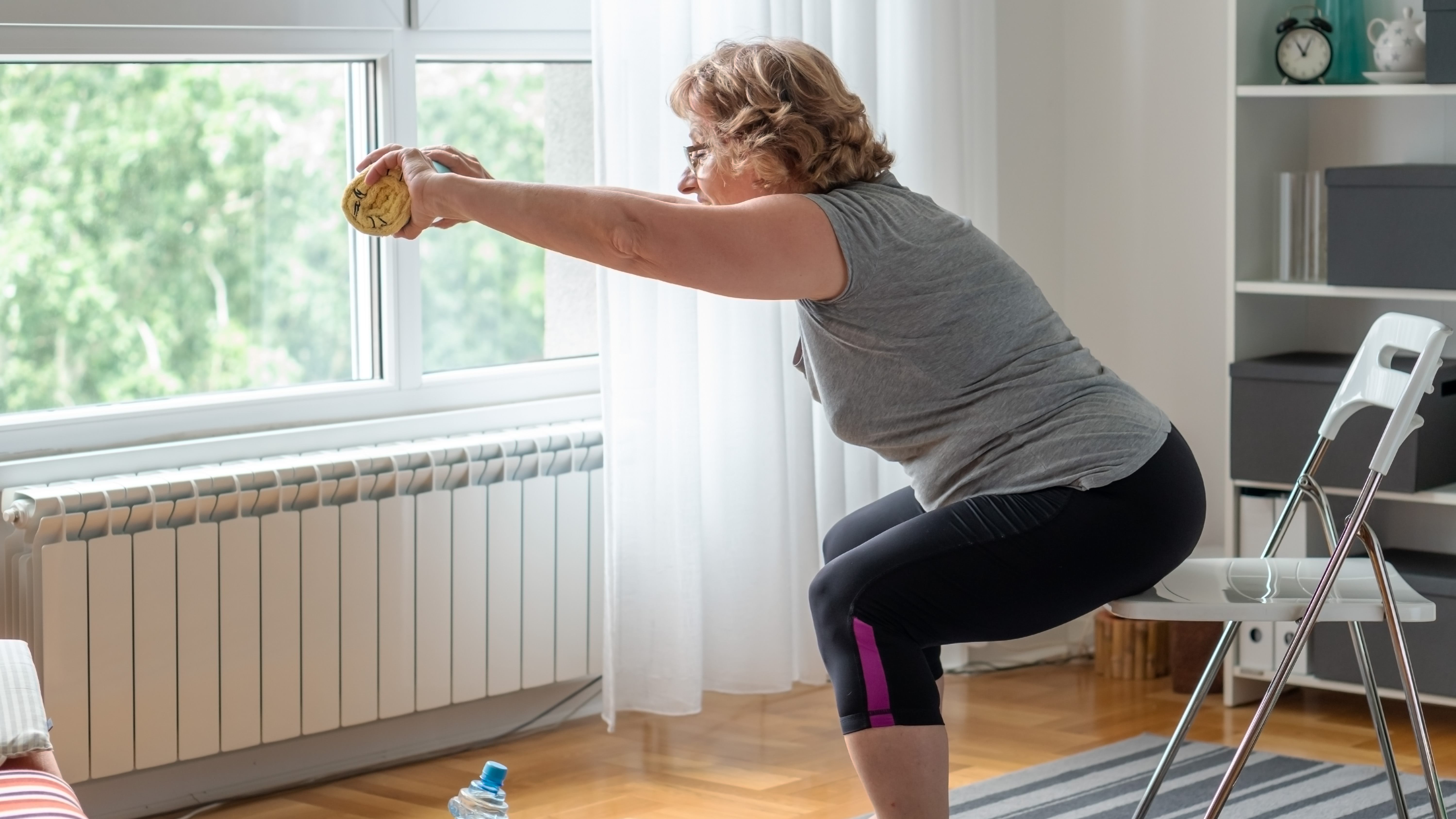
There are many reasons to get stronger, but often, what motivates you changes as you get older.
For instance, very few 20-year-olds exercise to maintain their independence but that takes on greater importance in retirement.
When I asked Hayley Madigan—a trainer, sports scientist and Oner Active athlete—about the best exercises to do if you’re new to exercise and over 65, she suggested focusing on functional everyday movements, like squats and step-ups.
"If you're older and maybe you live on your own, how are you gonna get your shopping bags upstairs?
"I want to be able to do step-ups. I want to be able to squat down. I want to be able to deadlift my bag from the floor.
"And those are all functional movements that are taught in weight training," says Madigan.
There's no need to start with weights if you're new to strength training. The most important thing is to begin at the appropriate level and gradually increase the difficulty as you get stronger.
To help, Madigan has provided options for each exercise so it suits your fitness level.
How to do the exercises
1. Squat to chair

Sets: 3 Reps: 8-10
- Stand in front of, but facing away from, a chair with your feet hip-width apart.
- Push your hips back and bend your knees to lower your butt onto the seat.
- Push through your heels to return to standing.
Make it easier: Use a higher chair so you don’t need to lower yourself so far.
Make it harder: Add weights to the movement by holding dumbbells or practice without a chair.
Why squats?
Squats will help you build strength primarily in your hamstrings (the muscles in the back of your thighs) but also in your glutes (the muscles in your butt) which power lots of everyday movements.
"If we sit down all day our glutes become weaker, which can lead to lower-back pain," says Madigan.
Working on our glute strength can help remedy this, because the glutes support the lower back.
2. Step-up

Sets: 3 Reps: 6-8 each side
- Stand in front of a slightly elevated surface, like a step or weight plate.
- Place one foot on the elevated surface and push through your heel to extend your leg and rise.
- Bring your other foot on the elevated surface, then step back down carefully and with control.
- Repeat the move, leading with the opposite foot. Continue, alternating sides with each step.
Make it easier: Lower the elevated surface.
Make it harder: Choose a higher surface or hold a weight.
Why step-ups?
Step-ups are another exercise that targets your glutes, along with your hamstrings and quads.
These large muscles support your knee joint, so strengthening them can help you avoid some knee problems.
"Step-ups are a really important one for knee strength and knee health, and also hip health, and that's really important for us as we get older," says Madigan.
An alternative to this move is lunges, but Madigan cautions that this exercise can be tricky if you have sore knees.







